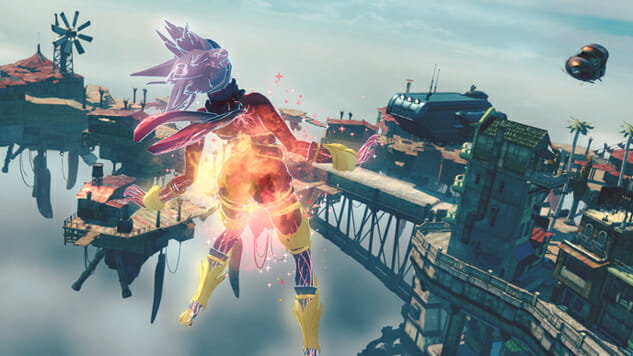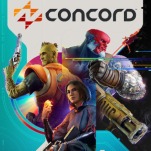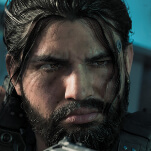Gravity Rush 2 Draws Heroism out of Empathy, Not Tragedy

Kat, the surname-less heroine of Gravity Rush 2, isn’t driven by pain, revenge, or anger. If you have to link the character to one “tragedy,” it’s that she, like so many Japanese game protagonists before her, begins the game having lost her memory. Admittedly, it probably sucks to be adrift in the world without memories to inform your choices about where to go, or what to do next – but Kat is used to being untethered from the same weights that keep us with our heads firmly beneath the clouds.
Kat is a “Gravity Shifter,” or just “shifter” for short. As the name implies, together she and her equally mysterious pet cat can alter one of the fundamental forces of the universe. In Gravity Rush and its recent sequel, that power allows her to walk on walls, “fall” upwards at high speeds (flying, effectively), and lift objects with her mind. They’re the kind abilities we’ve seen in half-a-thousand superhero flicks and comics — mostly for putting thigh-high boot to butt against the forces of evil.
What Kat does with that world-shattering power is what makes Gravity Rush 2 so endearing, turning Kat into exactly the kind of superhero the world needs right now.
Gravity Rush 2 is about smaller, kinder acts of heroism. The player uses Kat’s powers of flight and telekinesis to literally gain a wider perspective on the world. In the first half of the game, her ability to fly allows her to see the mist-shrouded ghetto just a short fall below floating estates, where rich families waste resources that could keep their starving neighbors alive.
Yet she always returns to solid ground. Not just to beat up monsters, and a corrupt military, but to talk to the people who can’t simply fly away from their problems. Kat listens to them, and learns about their lives. Then she uses her power, one so immense should could topple skyscrapers, to instead combat income inequality, and the loneliness of strangers, whether it’s to reunite a mother with her faraway son, or help a dockworker struggling to make ends meet. At one point, the player even waits in line to buy crepes for a sad, older man coping with the loss of his daughter. Kat does all of this without provocation, and without even the memory of being taught right from wrong.
Unlike Kat though, most of the superheroes I’ve read about and watched all my life might not have done that without some hidden internal motivation inspired by their past. Ever since I was old enough to need heroes like Superman and Batman to look up to in life, those characters have required motivation , a greater reason to do the things they do. There’s even a name for it: “origin stories.”
Most of the time, origin stories are there to educate us about why these larger-than-life figures are able to leap tall buildings in a single bound, or strike fear into the hearts of criminals. Continuity, we think, demands a beginning. So elaborate backstories fill that gap and pave over any disbelief that a man can fly or build a seven quadrillion-dollar suit of armor.
Quietly, though, these oft-repeated tales serve another purpose. Our disbelief doesn’t just extend to Superman being so super, but to why he would turn his godlike power towards truth, justice, and the American way, instead of domination (insert your argument for those last two not being mutually exclusive here). We need an outside reason — our own motivation — to believe that our only-just-slightly-more-than-human heroes would act for good, instead of evil.








































